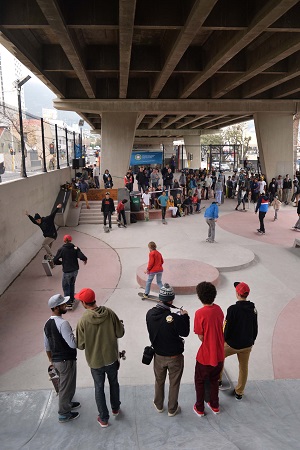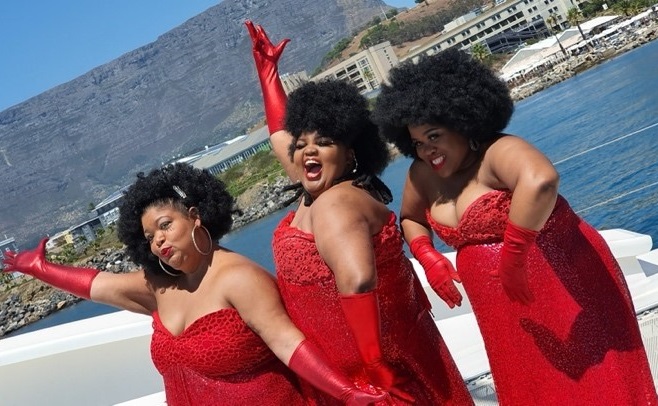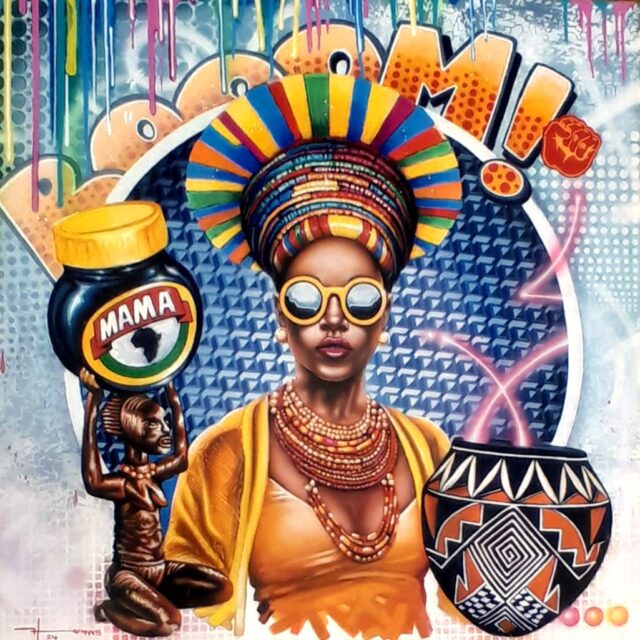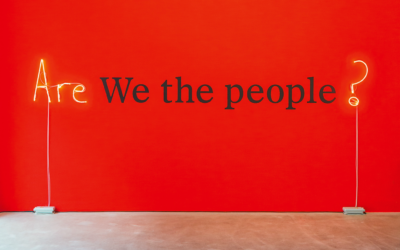Architecture, design, innovation and toilets swirled together in separate international initiatives in Durban and Cape Town, writes Sean O’Toole.
Earlier this month, shortly after presenting a talk about two architectural projects in Benin and Chad to an audience at the 25th world congress of the International Union of Architects (UIA) in Durban, Franck Houndégla flew to Cape Town. A Beninese architect and designer living in France, Houndégla was curious to find out more about Cape Town’s tenure as the 2014 World Design Capital (WDC).
Navigating the city mostly on foot and by bus, he visited the District Six Museum, made a pilgrimage of sorts to the offices of literary magazine Chimurenga, and spent some time in Langa, Cape Town’s oldest black township.
“This allowed me to begin to understand this fascinating city a little,” said Houndégla after his visit.
Canadian Trevor Boddy had a very different experience. A large bear of a man, the Vancouver-based architecture critic and curator was mugged on Bree Street while visiting Cape Town before the UIA congress started. The fuzzy programming of WDC-related activities and events also disappointed Boddy, just as it has many foreign visitors and local residents eager to make sense of the city’s prominent yellow branding for the event.
Boddy was invited to attend a guided bicycle tour of the city. Organised by Open Design, a collective of design-interested professionals whose annual design festival was a WDC-listed project this year, the itinerary for the press tour included a visit to the city centre’s first skate park.
Boddy declined the offer, perhaps wisely. It was a lacklustre affair, not so much for the tour’s content – the city has made good strides in nonmotorised transport and has a large cycling culture – as the organiser’s inability to make sense of what they were showcasing, and why. Cool largely trumped rational explication.
Showpiece
The new skate park was the tour’s showpiece. Situated beneath the Jutland Avenue Bridge, adjacent the Gardens bus interchange, the skate park was designed, funded and constructed by the City of Cape Town’s department for spatial planning and urban design. Officially designated as a WDC project, the park last year received a Playscapes award for its design from the United Kingdom-based charity Building Trust International.
According to Marco Morgan, a planner with the strategic and integrated planning directorate in the Western Cape government, the park was built by the City after complaints from residents about vagrants using the flyover as shelter.
Morgan, who attended the tour in his capacity as a member of 20sk8, a decade-old collective of skateboarders from the Cape Flats, said the City has vetoed graffiti inside the fenced-off park. Only approved “vendors” may decorate its surfaces.
Iwas a curious admission since the tour was explicitly organised to foreground street culture – including graffiti – and its vital role in shaping a city’s cultural mix. It also effectively neutered Mitchells Plain-born graffiti artist Mak1one’s sincere demonstration of his spray can skills, which ended the tour.
There is a direct feedback loop between the Cape Town skate park and the work Houndégla does as a professional. Speaking at the Inkosi Albert Luthuli International Convention Centre in Durban, a bland utilitarian building, Houndégla showcased two recent projects, one an upgrade of a marketplace in Benin’s second-largest city, Porto-Novo; the other involving the creation of formal amenities around a water collection point in Ndjamena, capital of Chad.
Common to both projects was the interplay of architectural problem solving and developmental goals. Houndégla explained how in many African cities, public spaces – “outdoor spaces for common use” as he qualified the term’s meaning in Africa – have fallen into neglect, despite often being the most used.
But Eicker said it is unhelpful to compare UIA and WDC for two reasons. The first has to do with the fact that the architectural congress was an association event bid for by a professional body, whereas in Cape Town the motivation to bid for WDC came from the City.
“The second is that ours is a very intense, focused event for a particular audience that happens over a week, whereas the WDC appeals to the general public and runs over a year with a series of interventions,” said Eicker. “The fact that they both deal with design is almost irrelevant. The business model is completely different.”
Different, yes, but these two events also have much in common: shared dialogues around similar themes, and shared aspirations around the role of place making and the value of human dignity in the contemporary city. They are similar too in their underlying faith that cities are branded properties – some more desirable than others.
See full article by Sean O’Toole in the Mail & Guardian






